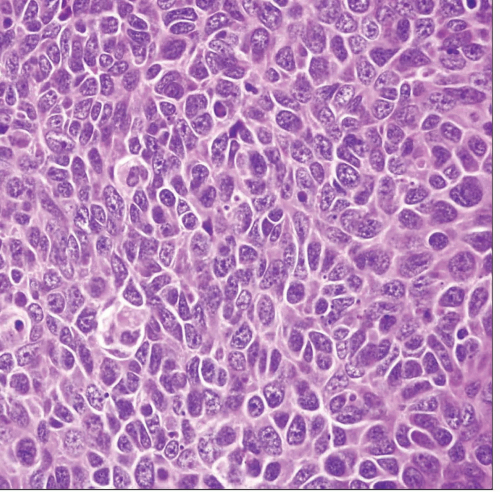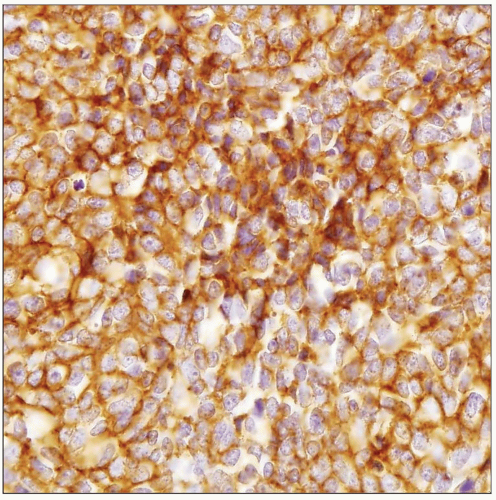Overview of Malignant Epithelial Neoplasms of the Lung
TERMINOLOGY
Definitions
Neoplastic process showing histological, immunohistochemical, or ultrastructural evidence of epithelial differentiation
Principles of Classification
Classification of lung carcinoma, which constitutes the vast majority of primary lung cancers based on clinical implications
Small cell carcinoma (SCC)
Rapidly growing tumors that have metastasized early and widely to distant organs at time of initial diagnosis
Respond well to chemo- and radiotherapy
Are generally not considered good surgical candidates
Non-small cell lung carcinoma (NSCLC)
Tends to be slower growing and of lesser stage at time of diagnosis
When in lower stages (I-II), considered good surgical candidates
Histopathologic classification of lung cancer according to lines of differentiation
Bronchogenic carcinoma
Squamous cell carcinoma
Adenocarcinoma
Large cell/anaplastic carcinoma
Neuroendocrine carcinoma (carcinoid, atypical carcinoid, and small cell carcinoma)
Bronchial gland (salivary-type) tumors
Adenoid cystic carcinoma
Mucoepidermoid carcinoma
Epimyoepithelial carcinoma
Mixed epithelial-mesenchymal tumors
Carcinosarcoma
Pulmonary blastoma
EPIDEMIOLOGY
Age Range
40-70 years of age
Gender
More common in men (M:F = 3:1)
Incidence
Lung cancer is one of the most common malignant neoplasms worldwide
Lung cancer accounts for approximately 12% of all new cancers and 18% of all cancer deaths
Areas of highest incidence and mortality include Europe, North America, Australia, and South America
Stay updated, free articles. Join our Telegram channel

Full access? Get Clinical Tree




